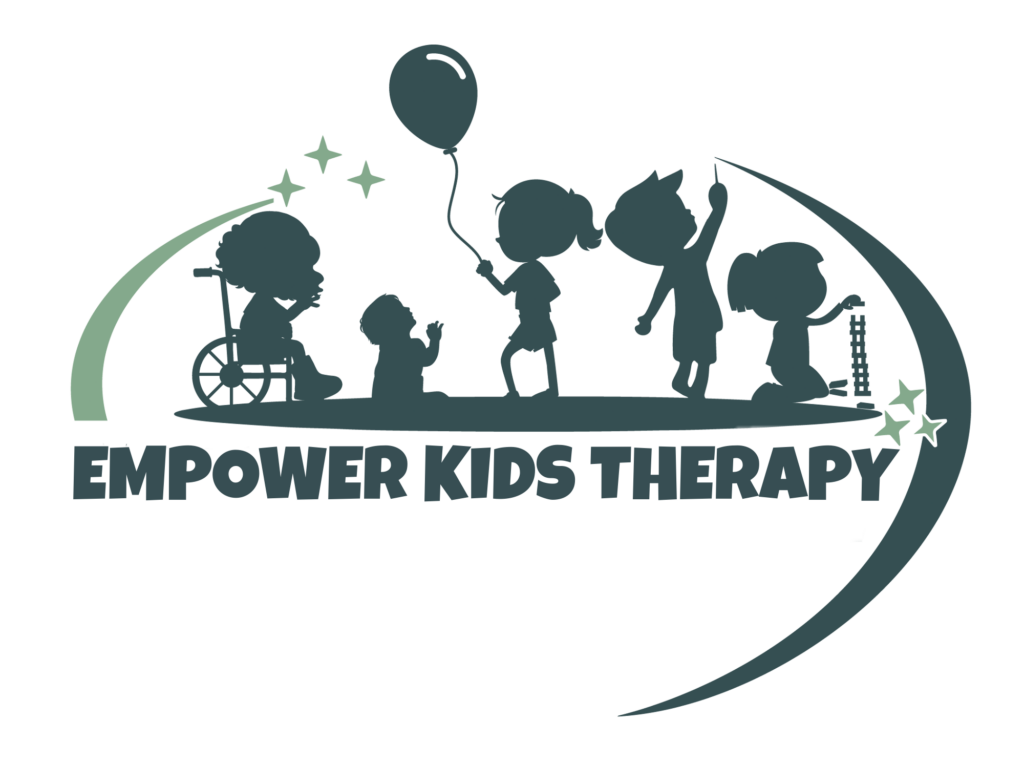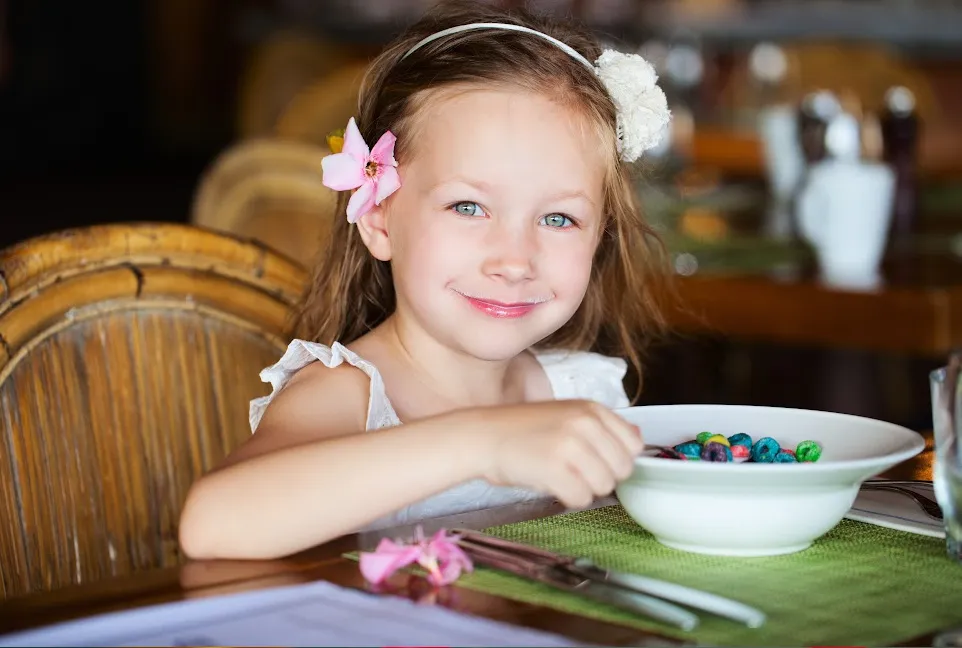Between family and friends coming together and cooking recipes that require detailed timing, without a doubt Thanksgiving can be a stressful time.
But what about the kids? Ever have a moment while trying to prepare for the event where they just are overwhelming you with questions? Or during an event where they just can’t handle the environment?
Sound familiar? Well, I’m here to help.
Here are some simple, yet effective tips that can make an impact on having a calm Thanksgiving:
1 – Prepare them ahead of time for all events
Having your child understand the event can calm their brain. Knowing whose house they’re going to, who will they see, what time dinner is, and what time they are leaving can all provide expectations for them. Share with them food that might be served that they could eat, and where they might be sitting.
Their bodies can then focus on the change in the sensory environment, without being focused on all the rest of the environmental stressors.
2 – Bring small toys or crafts
Make sure they have access to activity sheets, books, coloring pages, blocks, or batteries/chargers to keep them busy! If you are having an electronic-free event, make sure to provide your child with a list of alternative activities they can do during this event.
You can also print out a list, or pictures, so when they tell you ” I don’t know what to do”, you don’t have to repeat yourself.
3 – Try and stick to their usual schedule
Make sure your child has enough rest the night before and maintains as much of their regular schedule the day of as you can. This will allow them to accept the changes in their routine for the actual event.
4 – Get some energy out
Take your child to the park, or have them engage in movement activities before the event. Animal walks, playing tag, or swinging on a swing can help give calming input to your child.
5 – Give them a job
Having them engage with the tasks for the event can make them more excited. They can mix the dough, set tables, and write/draw pictures for each person.. really the possibilities are endless to get them involved.
Some other strategies:
- Have realistic expectations for the food they will eat. Don’t expect your picky eater is going to eat green beans on Thanksgiving. This event can be a way to explore new foods but don’t add pressure where there doesn’t need to be one.
- Make sure to have an exit strategy if you see your child getting overwhelmed.
- And as always.. being flexible with all aspects of your expectations for the holiday for your child can make all the difference.











